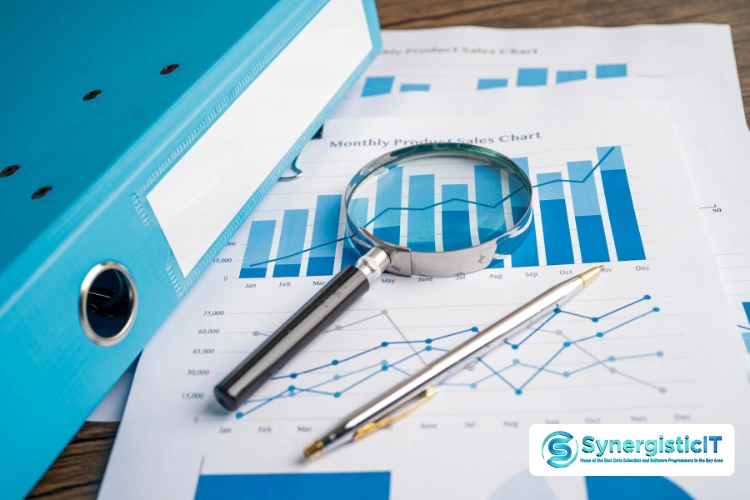
In today’s data-driven world, the role of a Tableau developer has become increasingly vital. As businesses continue to harness the power of data visualization to make informed decisions, the demand for skilled professionals who can navigate tools like Tableau has surged. Whether you’re a seasoned data analyst or a newcomer to the field, preparing for a Tableau interview can be a daunting task. This introduction aims to guide you through some of the most frequently asked Top 100 Tableau interview questions, providing you with the insights needed to succeed.
Understanding Tableau and Its Importance
Tableau is a powerful data visualization tool that enables users to convert complex data sets into understandable, interactive visual representations. Its user-friendly interface and robust functionalities make it a favorite among data professionals. In interviews, companies often focus on assessing your proficiency with Tableau, as well as your ability to translate data insights into business strategies. When preparing for a Tableau interview, it’s crucial to familiarize yourself with several core areas. These include understanding Tableau’s architecture, mastering data connections, and demonstrating your ability to create compelling dashboards. Additionally, interviewers often explore your problem-solving skills, particularly in how you handle real-world data challenges using Tableau.
Tableau is a powerful data visualization tool that enables users to convert complex data sets into understandable, interactive visual representations. Its user-friendly interface and robust functionalities make it a favorite among data professionals. In interviews, companies often focus on assessing your proficiency with Tableau, as well as your ability to translate data insights into business strategies.
Our frequently asked Top 100 Tableau interview questions will not only update your knowledge of the latest trends but can also be useful for landing lucrative jobs with an average salary of $120,000 annually.
To ace a Tableau interview, it’s essential to practice answering these questions and understand the logic behind them. Engaging with online forums, Tableau user groups, and practice projects can enhance your skills and boost your confidence. Remember, employers are not only interested in your technical skills but also in your ability to communicate insights effectively and work collaboratively with teams.
In conclusion, mastering the frequently asked Tableau interview questions can significantly boost your chances of landing your desired role. By understanding the core concepts and practicing consistently, you can present yourself as a knowledgeable and capable Tableau professional, ready to make a meaningful impact in any organization.

